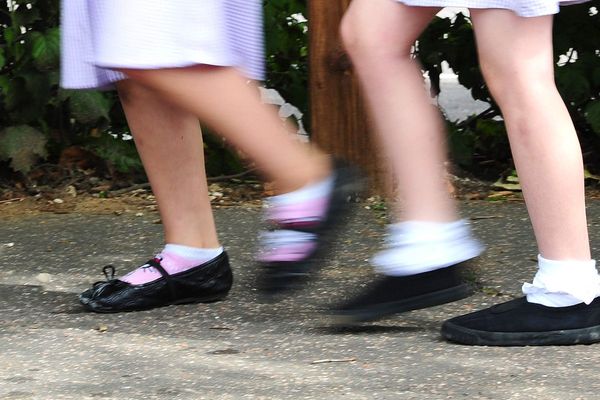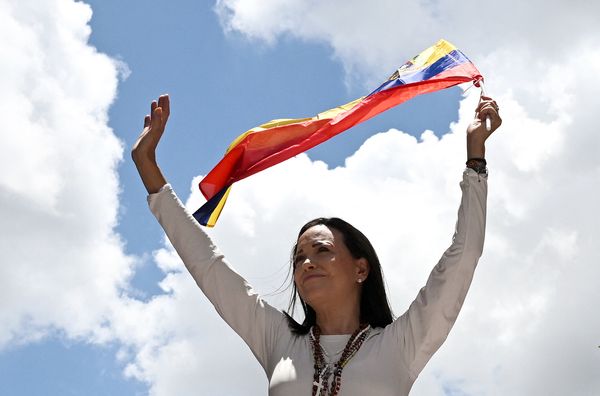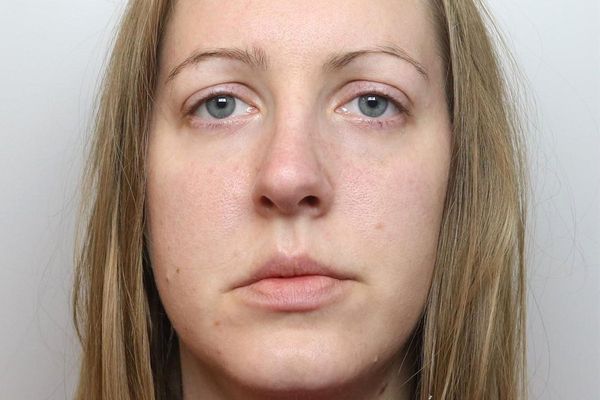The World Health Organisations has updated its guidelines on mask-wearing in community settings, as a new wave of Covid takes hold in China.
This comes after the new variant - known as Kraken - was detected in the East Asian country, before spreading to the US, UK, and Ireland - which are among many other countries who have reported cases.
Experts are calling this ‘the most transmissible’ strain so far and new travel rules have already been brought in for passengers travelling from China.
READ MORE: The exact date pints increase in price as many say the same thing about 'greedy' move
In a bid to curb another widespread wave of the virus, WHO officials have called for mask-wearing to return in six settings.
In a statement, a spokesperson explained: “WHO continues to recommend the use of masks by the public in specific situations, and this update recommends their use irrespective of the local epidemiological situation, given the current spread of Covid-19 globally.
“Masks are recommended following recent exposure to Covid, when someone has or suspects they have the virus, when someone is at high risk of severe illness, and for anyone in a crowded, enclosed, or poorly ventilated space. Previously, WHO recommendations were based on the epidemiological situation.
“Similar to previous recommendations, WHO advises that there are other instances when a mask may be suggested, based on a risk assessment.
“Factors to consider include the local epidemiological trends or rising hospitalization levels, levels of vaccination coverage and immunity in the community, and the setting people find themselves”.
Shorter isolation period
WHO has also advised that patients with Covid can now be discharged from isolation early if they test negative on an antigen-based rapid test.
“Without testing, for patients with symptoms, the new guidelines suggest 10 days of isolation from the date of symptom onset,” the statement said.
Previously, the WHO asked that patients only be discharged 10 days after symptom onset, plus at least three additional days since their symptoms had resolved.
For those who test positive for Covid-19 but do not have any signs or symptoms, it is now suggested that 5 days of isolation is necessary in the absence of testing - compared to 10 days previously.
They went on to say that new evidence “showed that people without symptoms are much less likely to transmit the virus than those with symptoms”.
Evidence also showed that people with symptoms discharged on day 5 following symptom onset risked infecting three times more people than those discharged on day 10.
READ NEXT:
Woman knifed to death in horror bloodbath at Dublin apartment as man tells gardai 'I did it'
Will snow fall in Ireland this week? Met Eireann update as brutal weather warnings issued
Lisa Marie Presley death details emerge as 'DNR order' uncovered
Body found in boarded-up house in Cork may have been there for over 20 years
RTE Late Late Show has savage five-word comeback for haters after latest episode
Get breaking news to your inbox by signing up to our newsletter







